40GHz 1550nm Analog Optical Transceiver
40GHz 1550nm Analog Optical Transceiver
40GHz 1550nm Analog Optical Transceiver
Features
●Low noise figure
●Long transmission distance up to 20km
●Flat frequency response
●Wide operating frequency range:100MHz~40GHz
●Integrated RF LNA(Low Noise Amplifier) optional for both optical Tx and Rx
●Integrated optical monitor and alarm function both Tx and Rx
● APC(Automatic Power Control) and ATC(Automatic Temperature Conntrol) circuits maintain smallvibration of output optical power and llP3
●High dynamic range
●Excellent EMC/EMI design
Applications
●RFoF
●Satellite communication
●Antenna remoting
●Optical Delay line
●Microwave wireless communication
● OFDM fiber transmission Absolute Maximum Ratings
Absolute Maximum Ratings Note:Operation beyond these absolute maximum conditions may degrade device performance, lead to device failure, shorter lifetime, and will invalidate the device warranty.
Note:Operation beyond these absolute maximum conditions may degrade device performance, lead to device failure, shorter lifetime, and will invalidate the device warranty.
Typical Specification(
 Note:(1)The optical fiber connect Tx and Rx is 1-meter SMF28 standard.(2)The LNA operating frequency is 0.3G~40GHz and gain is 40±3.5dB and other specification of LNA is available upon request (3) Other wavelengths is available upon request. (4) 850nm~1650nm is useful wavelength range.
Note:(1)The optical fiber connect Tx and Rx is 1-meter SMF28 standard.(2)The LNA operating frequency is 0.3G~40GHz and gain is 40±3.5dB and other specification of LNA is available upon request (3) Other wavelengths is available upon request. (4) 850nm~1650nm is useful wavelength range.
Connector
Optical Tx (2) The Tx DB-9(Male) connector pin function defined as below:
(2) The Tx DB-9(Male) connector pin function defined as below:
Tx DB-9 PIN definition:




 Note:The bottom of the Tx and Rx module is the preferred heat dissipation surface.
Note:The bottom of the Tx and Rx module is the preferred heat dissipation surface.
 Note:(1) Start frequency 100 MHz isavailable whenTx without LNA (2) Other wavelengths is available upon request (3)Other types of optical fiber connector is available upon request(4) Without LNA and other temperature range is availableupon request (5) This LNA only supports 300M~40GHz frequency range and other specifications of LNA is available uponrequest.
Note:(1) Start frequency 100 MHz isavailable whenTx without LNA (2) Other wavelengths is available upon request (3)Other types of optical fiber connector is available upon request(4) Without LNA and other temperature range is availableupon request (5) This LNA only supports 300M~40GHz frequency range and other specifications of LNA is available uponrequest. 
Note:(1) Start frequency 100MHz is available when Rx without LNA and lower start frequency such as 10MHz 9khz or DC is available when Rx without LNA;(2) Other types of optical fiber connector are available upon request (3) Without LNA and other temperature range is available upon request (4) This LNA only supports 300M~40GHz frequency range and other specification of LNA is available upon request.
Important Notice
Performance figures, data and any illustrative material provided in this data sheet are typical and must be specifically confirmed in writing by F-tone Networks before they become applicable to any particular order or contract. In accordance with the F-tone Networks policy of continuous improvement specifications may change without notice.
The publication of information in this data sheet does not imply freedom from patent or other protective rights of F-tone Networks or others. Further details are available from any F-tone Networks sales representative.
Share

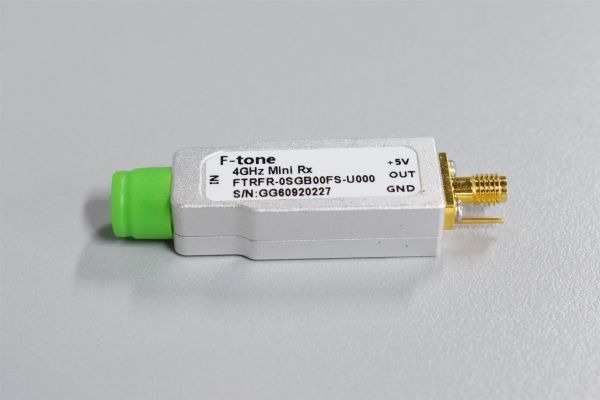
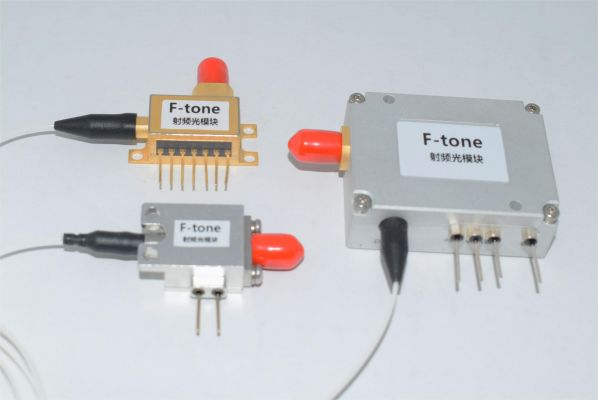

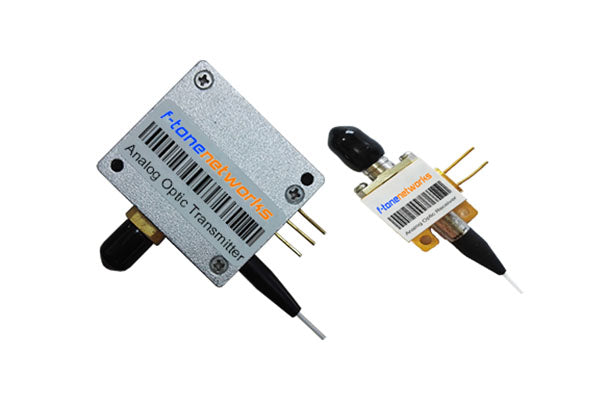
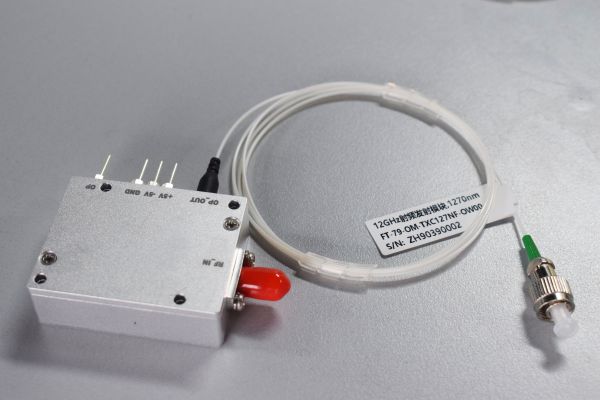
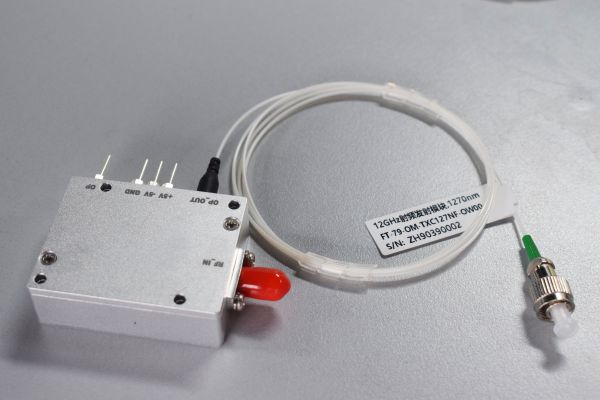
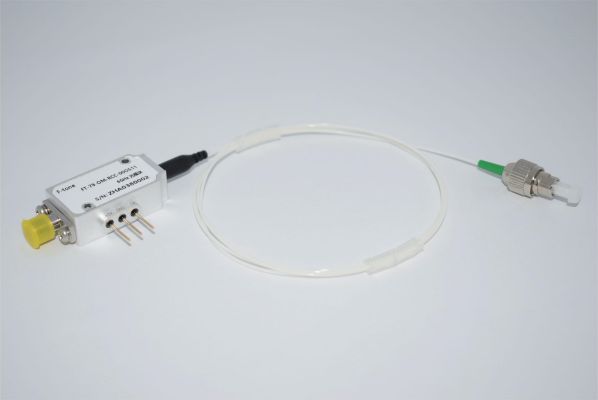
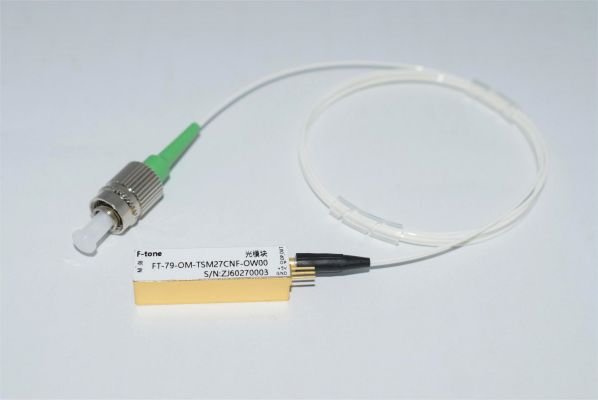
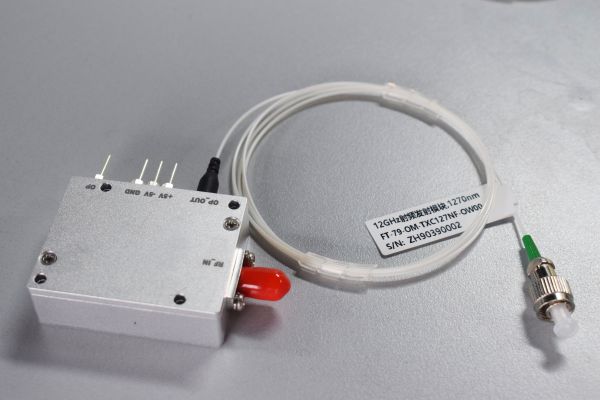
About F-tone Networks
F-tone Networks is now a world leader in development of optical transceivers and provide a wide range of high-speed optical solutions for optical communication networking, especially for AI, Data Center, enterprise data networking, Industry, aerospace, mining, shipbuilding, railway, metro, long haul transport networking, and mobile access networking applications
F-tone Networks invested in foundational photonics technologies and extensive product development and engineering with global presence in many area also.
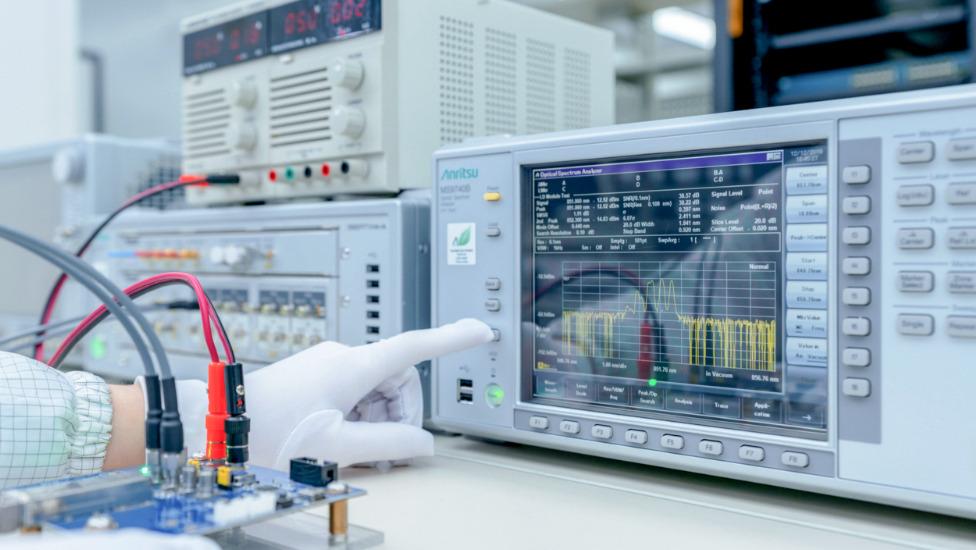
Power and Wavelength Testing
Test the signal delivering strength and wavelength, to ensure the signal decoding capacity of the receiver, and the wavelength remains consistent from the transmitter to the receiver.

Traffic Testing
Test the bit error rate and packet loss rate, to make them meet the corresponding standards and ensure the performance of transceivers.
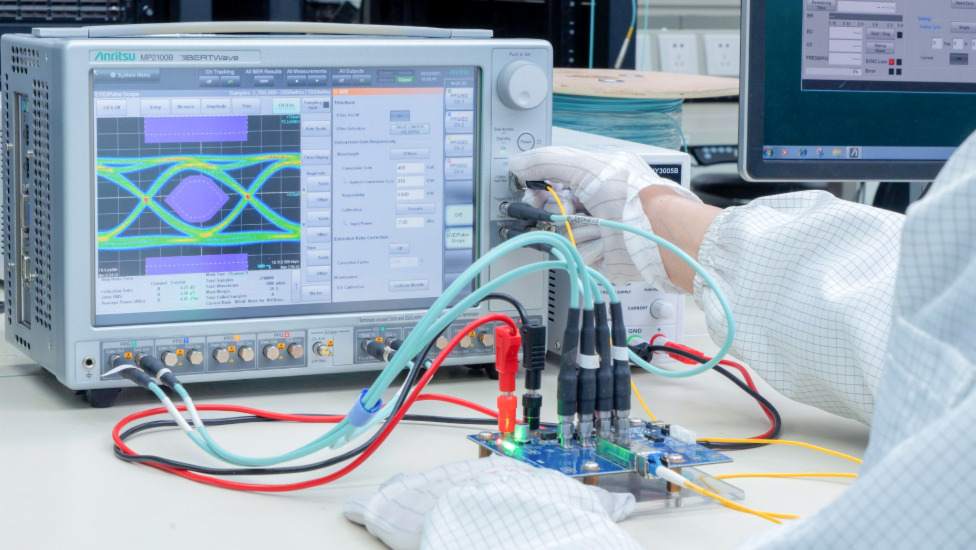
Optical Performance Testing
Test the transceivers' eye diagram situation, receiving sensitivity, extinction ratio, wavelength, light-emitting, light-receiving, current and voltage, to ensure the signal quality, stability and reliability of the transmission.

End Face Testing
Check the end face of the transceivers and keep them clean for more stable data transmission, better performance, and durability.
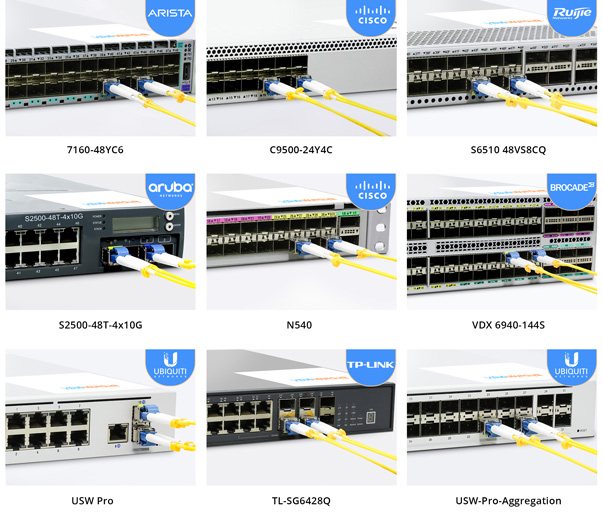
Various Switch Tests
Every module is quality tested for compatibility in the multi-brand switches environment, guaranteeing flawless operations.
Featured collection
-
AVAGO HFBR-2521ETZ Compatible Domestic Alternative Optical Module
Regular price $0.00Regular price -
AVAGO HFBR-1521ETZ Compatible Domestic Alternative Optical Module
Regular price $0.00Regular price -
AVAGO HFBR-1528Z Compatible Domestic Alternative Optical Module
Regular price $0.00Regular price -
AVAGO HFBR-2528Z Compatible Domestic Alternative Optical Module
Regular price $0.00Regular price












